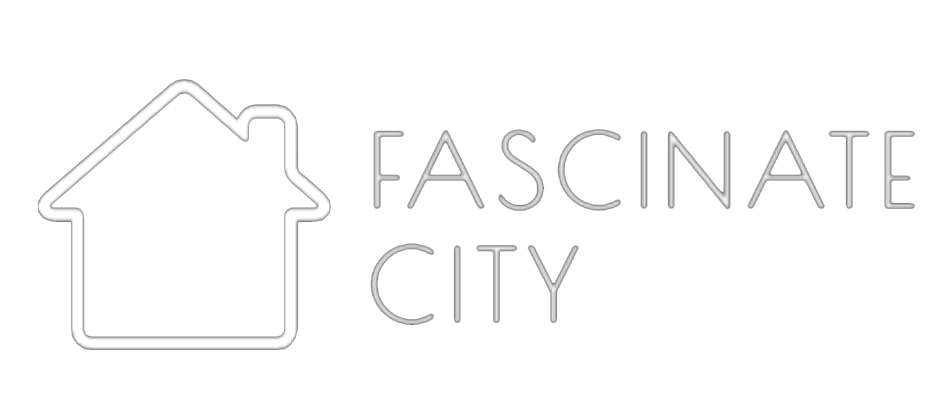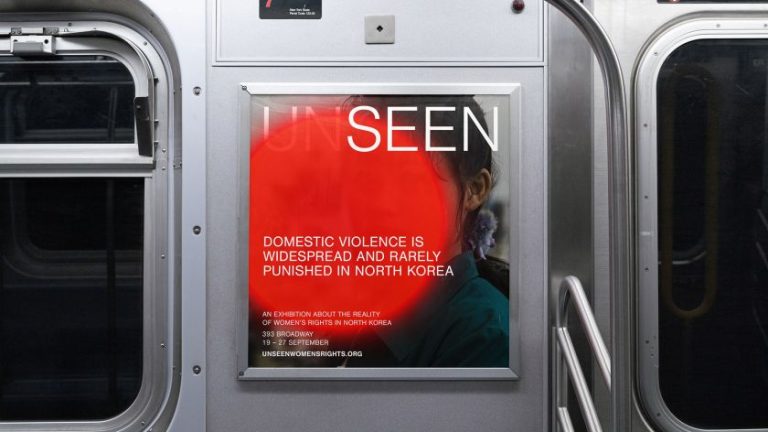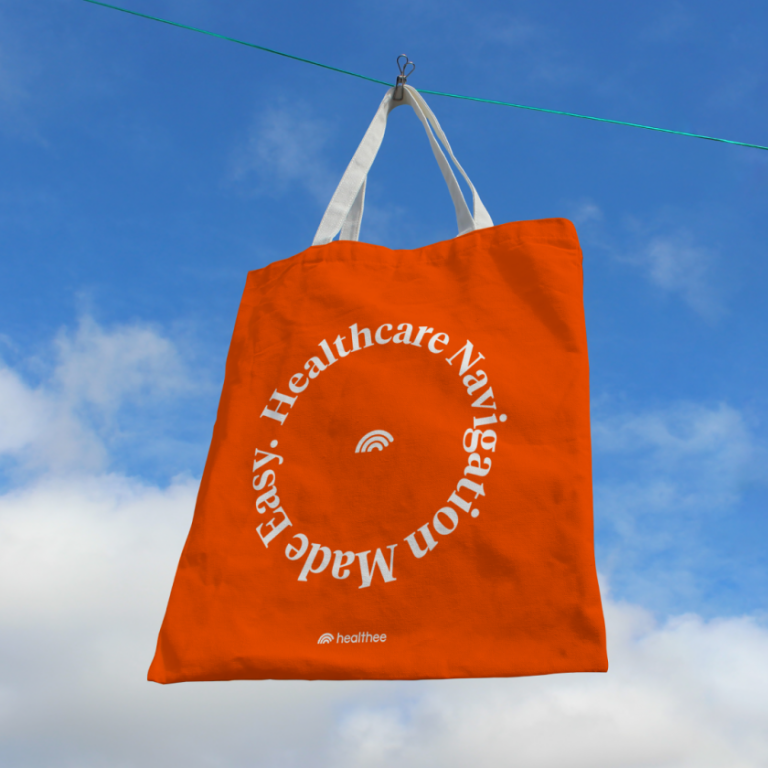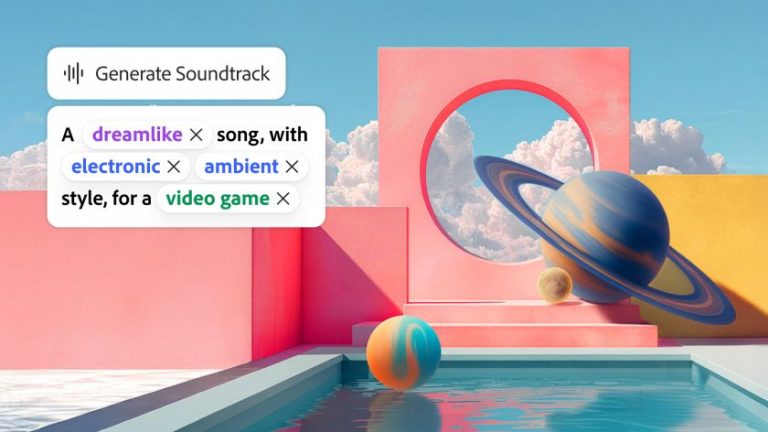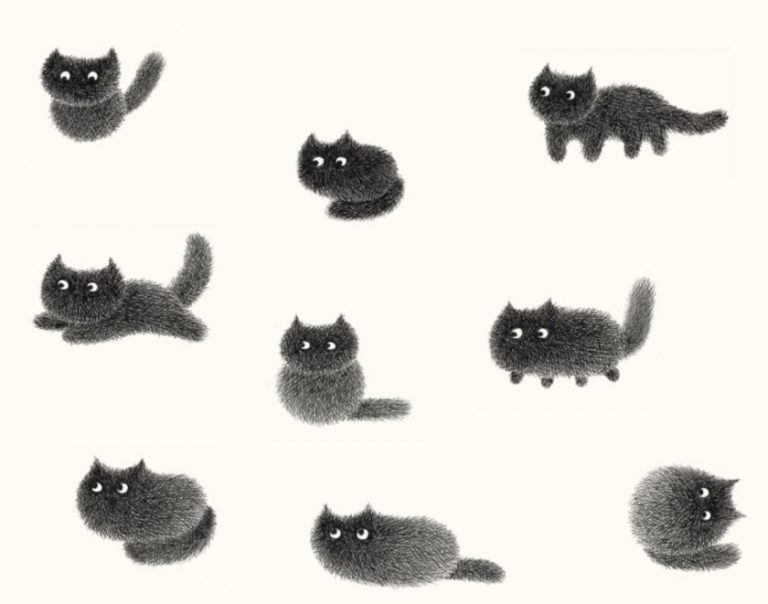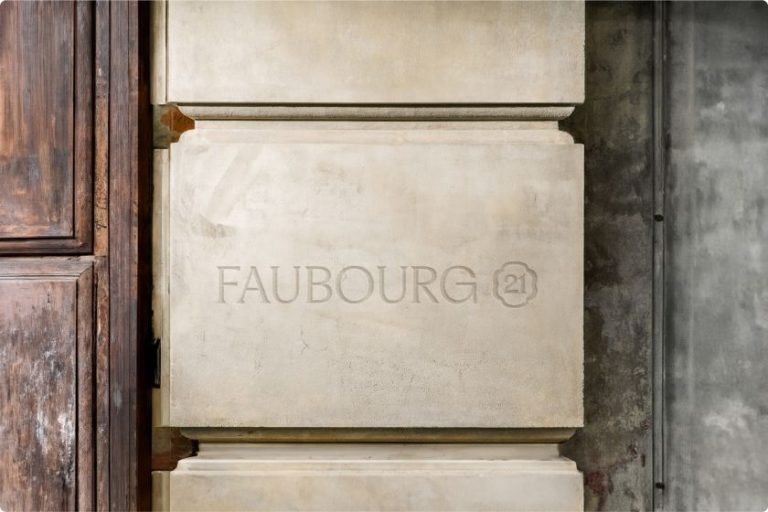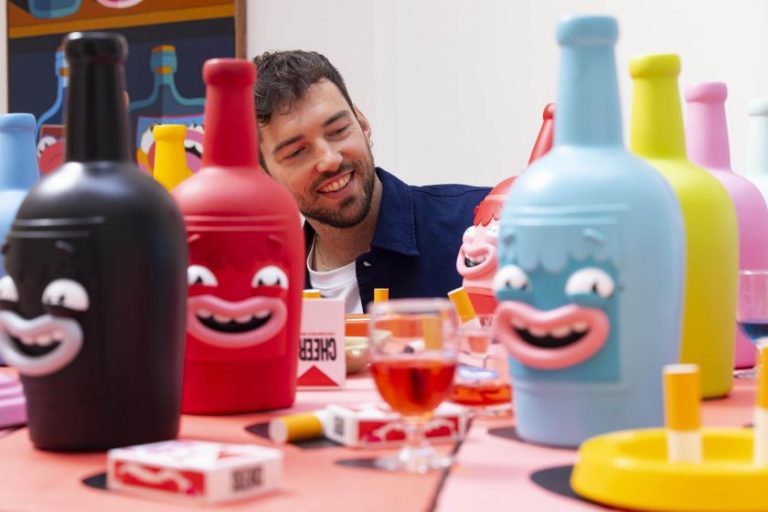From murals to motion, illustration is starting to reassert itself in advertising, but when do agencies and brands choose to commission it, and when do they shy away? We asked creatives, art buyers, agents and illustrators to weigh in.
Not long ago, illustrated campaigns were a fixture of the advertising landscape. From wartime posters by Abram Games to Merrydown Cider’s joyful campaigns of the 1990s, illustration was once central to how brands spoke to the public.
More recently, photography and film have dominated as illustration became the ‘riskier option’. A couple of reasons for that are its harder to sell to cautious clients, slower to produce at scale, and sometimes dismissed as “childlike.” Havas creatives Daisy Bard and Orla O’Connor says: “Illustration is such an easy way to add dynamism and style… yet no one has bought an illustration idea from us in ages. It’s a real shame.”
Today, illustration sits at an interesting crossroads. It remains a vibrant cultural language, but it isn’t always the default choice in advertising. However, this makes the moments when it does break through all the more striking.
Selfridges X Fromm Studio
Why choose illustration?
Despite its reduced visibility, illustration still offers unique advantages. Distinctiveness is the obvious one because, in a sea of photography-led campaigns, an illustrated execution can stand out immediately.
Illustration also stretches ideas. Ali Augur, art director and long-time commissioner of illustrators for TfL, explains: “It allows you to go where photography can’t. You can bend, warp, exaggerate. Colour plays a stronger role, and illustrators can throw colour around in a way that photographers can’t.”
Illustration lends itself to toolkits and world-building too. A suite of characters, icons or modular assets can flex across OOH, social and motion, giving brands a distinctive, ownable language. Jelly’s Leah Airey points to Selfridges’ recent activations with Fromm Studio, where illustration was rolled out across seasonal campaigns, from in-store animations to digital comms.
“It moved the needle by taking illustration out of its box and really expanding where it can be consumed,” she says. “Hosting illustration in a luxury setting is exciting – it pushes perception and delightfully surprises people.”
Cyberflashing campaign – Genie Espinosa x Grey London. Credit: Brook
Then there’s an element of tactility that you just can’t get from other mediums. Lee Bofkin, co-founder of Global Street Art, believes that illustration’s impact is magnified in physical form.
“Murals are different because they’re actually cool – someone went to the Herculean effort to paint your message on a wall,” he says. “Costly signalling matters: the harder the message is to produce, the more it’s remembered and trusted.”
Nike’s mural of Mbappé, hand-painted by Global Street Art and later shared by the player to millions of followers, is a prime example.
TfL 25th Anniversary Campaign
What’s the catch
If illustration has such clear benefits, why do agencies and brands hesitate? Several factors recurred when we asked the experts.
Top of the list has to be the perceived risk, as some clients see illustration as “niche” or too youthful. Airey calls this a misconception, saying: “Children’s publishing might be what people think of first, but global brands like Headspace, Google, and Hermès use illustration daily.”
Another prominent excuse is timelines and procurement, as illustration can require more upfront concepting and approvals than photography. Kill fees, usage rights and licensing can also scare off procurement teams used to commissioning photography.
Playing it ‘safe’ is often more appealing for brands and, as Augur notes, advertising is “awash with photography.” For overstretched teams especially, the default is often to reach for familiar solutions.
Last but certainly not least is the confusion around what’s AI and what’s not. With the rise of generative tools, clients sometimes assume illustration can be automated cheaply, but as Airey argues, AI output often needs repairing in post, creating more delays and costs. “Accelerating to a place of required repair isn’t quicker or cheaper – it’s a blocker.”
Nike Mbappé mural (Global Street Art)
How to brief and budget well
When collaborations do succeed, they tend to start with clarity. Kirstie Johnstone, senior art buyer, explains: “Honest conversations from the outset are essential. The client needs to respect that the illustrator was selected because of what they bring, which can be transformative for the brand. At the same time, the illustrator has to be open to feedback.”
She stresses the importance of structure, which means thorough briefs, clear understanding of what WIPs look like, and a stage where agency and illustrator align before showing work to the client.
Budget transparency is equally key. Illustration can be leaner than photography – often just one person drawing versus a crew on set – but timelines must be realistic. Airey says: “Some illustrators work incredibly quickly, but only if feedback moves just as fast. Bringing us in earlier warms us up for when the green light comes on.”
The creative relationship is just as important as all of the above too. “Both feet in,” Airey says. “The projects we love most are where everyone has skin in the game. Trust the illustrator’s creative muscle, not just their ability to deliver.
Harvey Nichols x Jacky Marshall
What’s next?
Despite its ups and downs, the mood among contributors is optimistic. Illustration is adapting, not fading.
Augur sees opportunities in motion: “Add a touch of animation and its reach extends even further. In a digital landscape, illustration can give real standout, especially when paired with bold colour.”
Apple content designer Alfie Wheatley highlights how illustrators are increasingly creative partners rather than just executors. He says: “The most successful illustrators now are acting more like creative directors.
“They come up with ideas, explain them, and bring unexpected twists. It’s refreshing to see more than just illustrating the obvious.”
Expect to see more hybrid projects, from AR filters to illustrated environments, and more illustrators stepping into multidisciplinary roles. Brands will also continue to lean on illustration for areas that require abstraction, like emotions, health, and tech, where photography struggles.
Drawing the line
Illustration may not be the default language of advertising today, but perhaps that’s its strength. In a landscape saturated with photos and film, illustrated campaigns can cut through precisely because they are unexpected.
“Illustration can have a youthful, playful energy, sure, but it can also be cinematic, luxe, full of gravitas,” says Airey. “It can stretch and muddy the lines of craft, and that’s where it gets exciting.”
